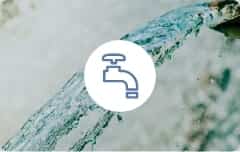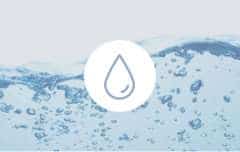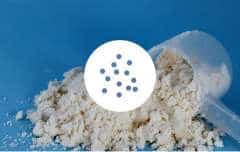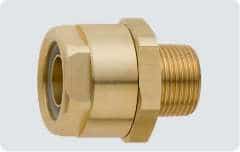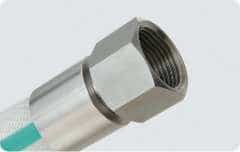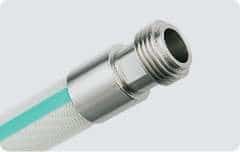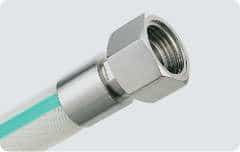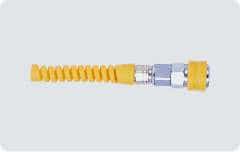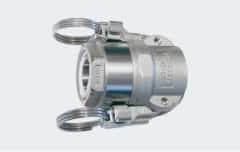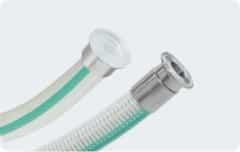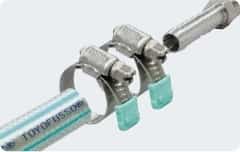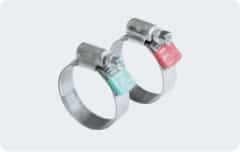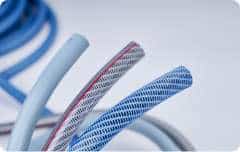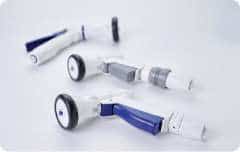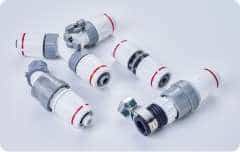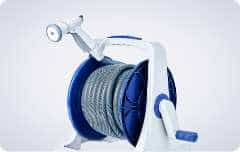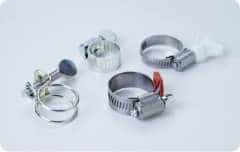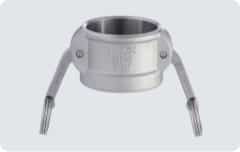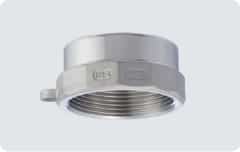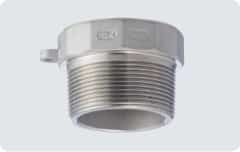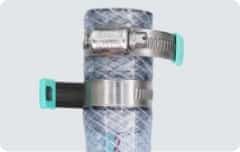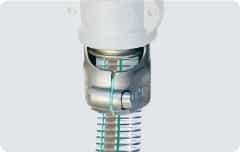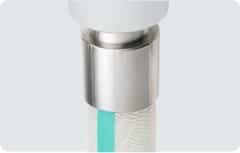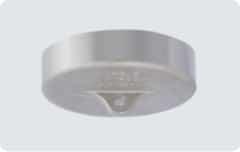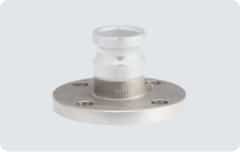Improvement Case
Case studies

IMPROVEMENT CASE
Plastic molding workplaces
View all-
Eliminating leakage problems, and making piping work easier and faster
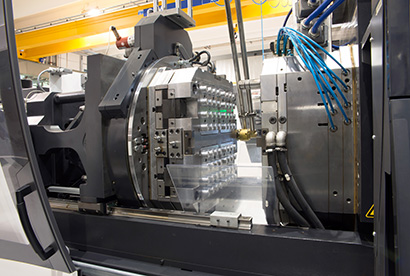
Improvement by theme
- Reduced time spent on work
- Reduced production problems
- Cost reduction
-
Hose interior material wears away, causing holes and requiring frequent hose replacement
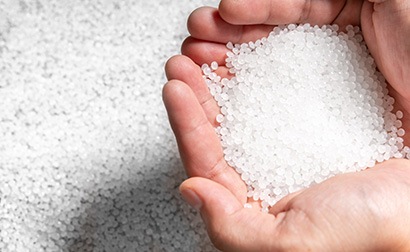
Improvement by theme
- Reduced maintenance
- Foreign substance contamination measures
- Improved production efficiency
-
Improved wear resistance prevents holes from forming and foreign matter from entering
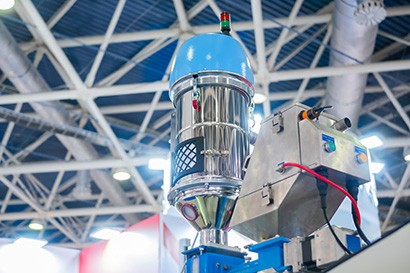
Improvement by theme
- Reduced time spent on work
- Reduced production problems
- Reduced product loss
-
Friction opens up holes in the hose, preventing stable supply of raw materials
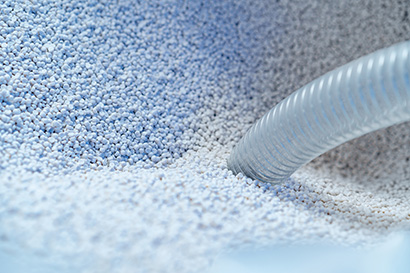
Improvement by theme
- Reduced production problems
- Improved production efficiency
- Antistatic measures
Pharmaceutical / Cosmetic / Chemical workplaces
View all-
Static electricity causes powder to stick to the hose, reducing production efficiency
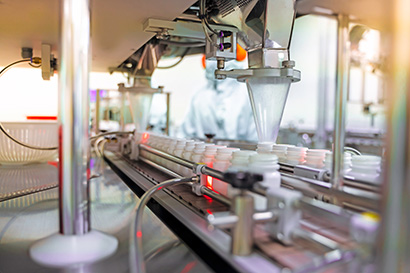
Improvement by theme
- Enhanced safety
- Improved production efficiency
- Antistatic measures
-
Switching to a reusable product reduced costs and ensured safety (preventing disconnections)
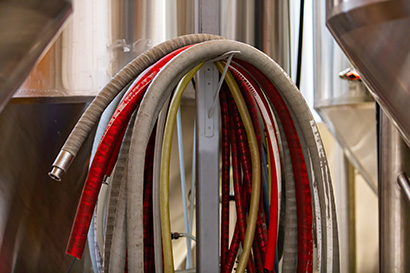
Improvement by theme
- Reduced production problems
- Reuse
- Cost reduction
-
Replacement work is difficult due to the use of dedicated hoses for each product due to concerns about smell transfer

Improvement by theme
- Improved workability
- Reduced time spent on work
- Coloring and odor countermeasures
-
Contamination concerns when cleaning pipes can be eliminated, and the complexity of cleaning work is reduced!

Improvement by theme
- Reduced time spent on work
- Enhanced safety
- Foreign substance contamination measures
Semiconductor and precision instrument workplaces
View all-
Improved installation efficiency using an open-ended wrench
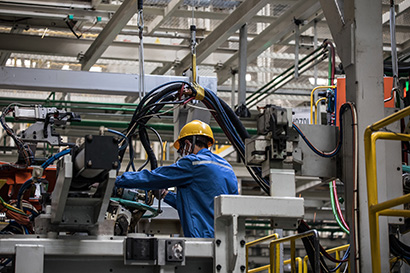
Improvement by theme
- Reduced time spent on work
- Improved production efficiency
- Piping in tight spaces
-
Reduced replacement frequency for even greater cost reductions

Improvement by theme
- Reuse
- Cost reduction
-
Noise and coupling disconnection caused by vibration eliminated
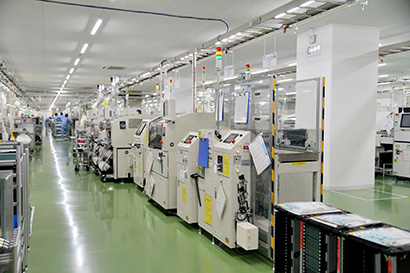
Improvement by theme
- Reduced production problems
- Cost reduction
-
Damage avoided by preventing incidents caused by hose coupling leaks and disconnections

Improvement by theme
- Reduced production problems
- Cost reduction
Food and beverage workplaces
View all-
Food raw materials adhere to the hose due to static electricity during transport, which reduces the flow rate!

Improvement by theme
- Energy conservation
- Antistatic measures
- Laws and regulations
-
The steam hose is heavy, so the cleaning work is tough. In addition, foreign matter intrusion due to inner hose deterioration is a concern
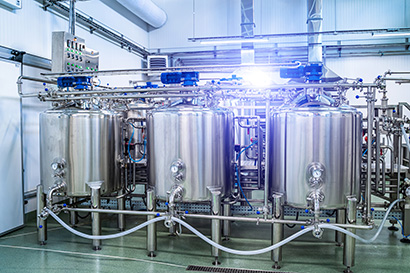
Improvement by theme
- Improved workability
- Enhanced safety
- Foreign substance contamination measures
-
Cleaning alcohol makes the hoses stiff, causing outbreaking crack on the serface and leaks

Improvement by theme
- Improved workability
- Reduced maintenance
- Improved production efficiency
-
Cracks have appeared in the steam hose, raising concerns about possible foreign matter intrusion
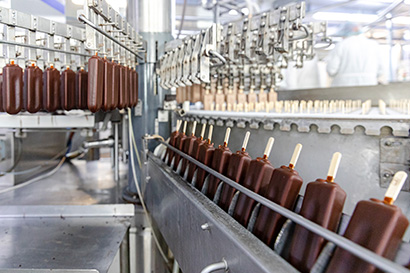
Improvement by theme
- Improved workability
- Cost reduction
- Foreign substance contamination measures
Machinery manufacturing workplaces
View all-
Eliminating oil leaks due to steel piping cracks caused by vibration, and making site operations easier
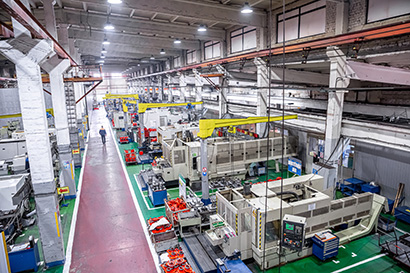
Improvement by theme
- Reduced production problems
- Piping in tight spaces
- Noise countermeasures
-
Inadequately tightened hose clamps can loosen over time and cause leaks
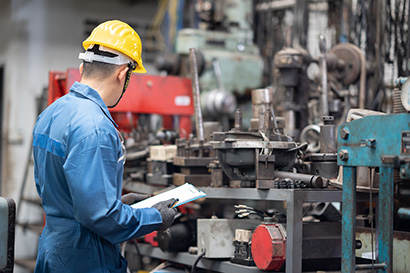
Improvement by theme
- Reduced time spent on work
- Reduced production problems
- Cost reduction
-
Sodium bicarbonate used in a cleaning machine causes hoses to wear and is very dangerous
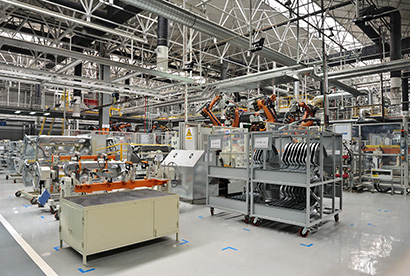
Improvement by theme
- Reduced production problems
- Enhanced safety
- Cost reduction
-
Stiff hoses have to be softened with hot water before use
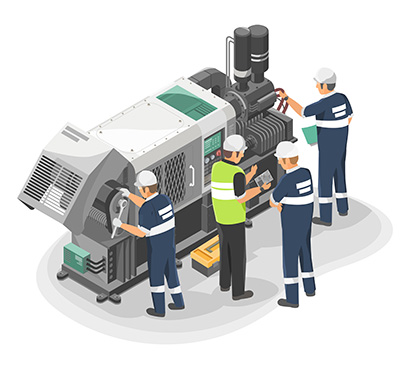
Improvement by theme
- Reduced time spent on work
- Improved production efficiency
Factory equipment piping
View all-
Resolving trouble caused by hose disconnections from a metal temperature controller to significantly improve productivity!
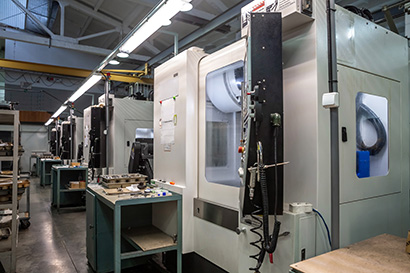
Improvement by theme
- Reduced production problems
- Piping in tight spaces
- Reduced product loss
-
Improved wear resistance prevents holes from forming and foreign matter from entering

Improvement by theme
- Reduced maintenance
- Foreign substance contamination measures
- Reduced product loss
-
Hose crimping products are safe, but disposal and cost issues are also problems

Improvement by theme
- Reuse
- Cost reduction
- Improved production efficiency
-
Improving productivity by eliminating hose collapse and water leaks from couplings
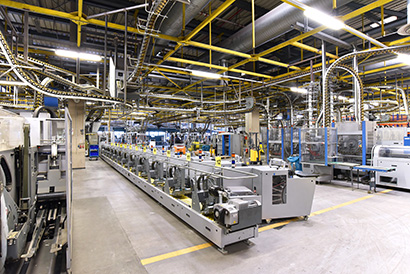
Improvement by theme
- Reduced time spent on work
- Reduced production problems
- Piping in tight spaces

